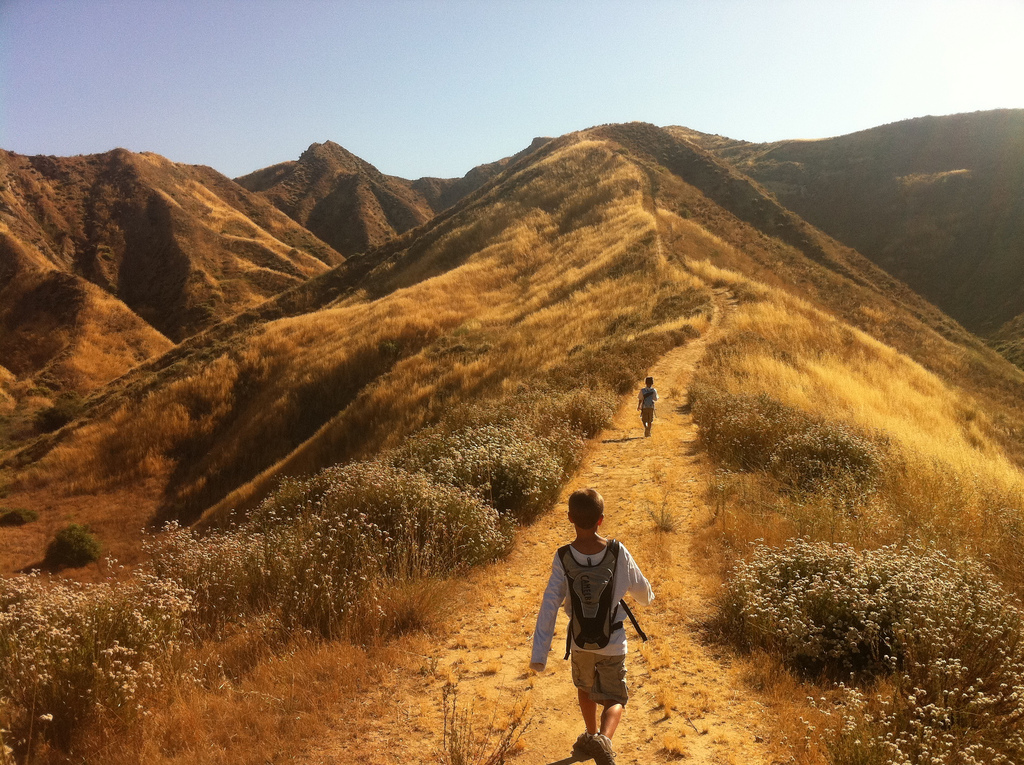How to Plan A Hiking Trip For A Group

Each year, myself and a group of around 8 of my friends head off on a weekend long camping trip so that we can stretch our legs and get back to nature for a weekend of stress-free fun. Usually the responsibility falls either on the shoulders of either myself or those of my buddy Steve Sorensen to organize this trip and whilst I may company each and every year about this, the truth is that I quite enjoy the planning process. I usually have a chat with my buddies about what kind of things we are looking to get out of the trip and then I set to work finding the best way to do it, usually with a pretty good success rate. If you are in my position and looking to arrange a hiking trip for a group of fiends, students or colleagues, here are my tips on getting it just right.
The Route
As I mentioned before, the route should include things that everyone can enjoy, streams, sights, climbs or wildlife and you should invest quite a bit of time in doing this. Unlike when I used to organize these trips in the past, nowadays we have the benefit of the internet to help us out and there are many websites and forums which discuss at length a wide variety of hiking routes throughout the US and they include what you can see on such routes. I like to whittle my choices down to a top 3 and then take it to the group.
Expectations
Don’t be over ambitious when considering how far you can trek in one day, it is not a race but an experience and you are more than likely to going to have a wide range of abilities within the group. For this reason I like to always have 2 plans as to where we stop on the nighttime so that if we go at a good speed we can reach a longer distance, if not, we can stay at the location which is shortest in distance.
Equipment
I used to leave it up to the guys around what equipment they took but after too many errors through the years, I now like to make a list of the essential things that they will need, some of the didn’t even used to check what the weather conditions would be! I also make a list of how many tents that we will need, and how we will take turns carrying them so that we can share the load.
Mapping
I use GPS when we are hiking to take us where we need to go so that we can get the best routes and that anyone back home can track us should we run into difficulty. With that being said, I will always, always take a paper map with me should anything go wrong and I will also try and notify people when leaving one campsite and arriving at another.









